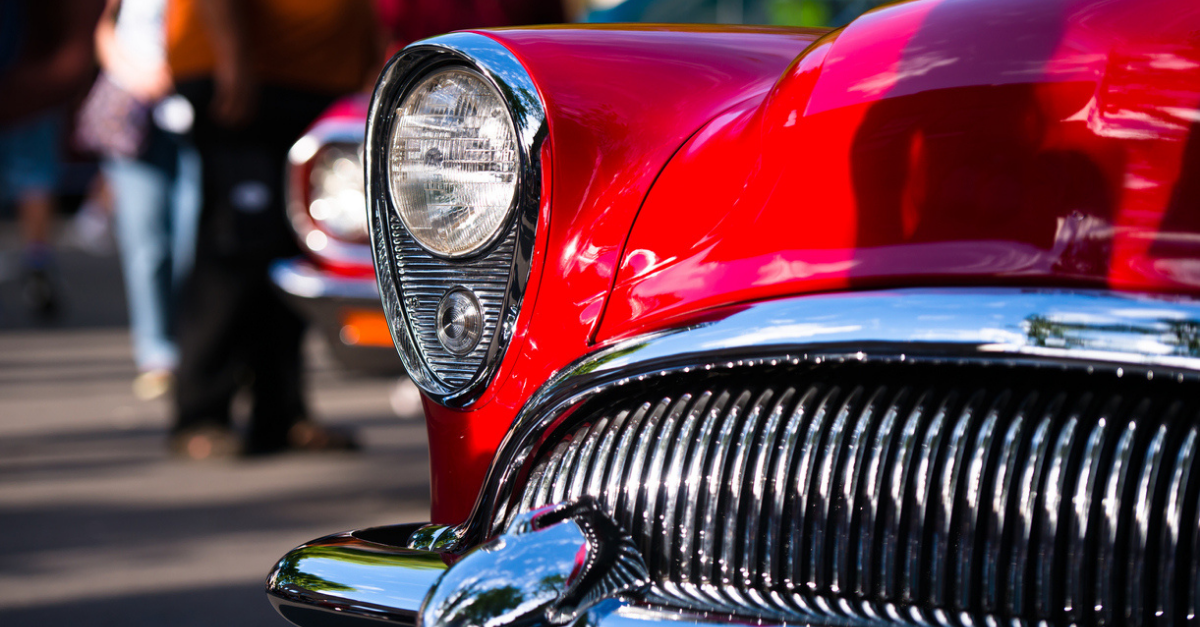
Your car is perhaps one of the first things that come to mind when you decide to file a bankruptcy. If you depend on your vehicle to get to work, you may wonder if you can keep your leased car or do you have to surrender to the leasing company if you file bankruptcy in Canada? If your car payments are part of your debt problem, maybe you want to know if bankruptcy can get you out of a vehicle lease agreement? And what happens to your leased car if you file a consumer proposal instead of bankruptcy?
How you should proceed is based on what you want to do and whether you can afford your ongoing lease payments.
Table of Contents
Do you lose your car if you file for bankruptcy?
The good news is you don’t automatically lose your car if you file a bankruptcy or consumer proposal in Canada.
If you financed your car, truck, van or any vehicle with a loan or lease, then when you file for bankruptcy in Canada, you can keep your vehicle as long as you continue to make the monthly payments.
The key here is you must continue with your obligations under the loan or lease agreement. Your lender or leasing company can repossess the vehicle if you don’t keep up with the required payments.
Your creditor can’t demand the vehicle back just because you filed personal bankruptcy. Even if your loan or lease contract contains a clause that says your lender can demand full payment, cancel the lease and take the vehicle back if you become bankrupt, this clause is unenforceable.
Specifically, the Bankruptcy & Insolvency Act provides a stay of proceedings against such actions.
Section 69(2)(b) prohibits secured creditors from taking possession of assets under a security agreement just because you filed insolvency unless:
- They repossessed the vehicle before you filed
- They gave notice of their intention to take possession 10 days before you filed
- You give them permission to take the car back
If you can continue to make your monthly payments, the leasing company, bank or car lender can’t cancel your vehicle lease or demand full payment of your car loan.
What kind of debt is a vehicle lease?
Most people understand that a car loan is a debt, but what about a lease?
A car lease is a financial agreement between you and the car leasing company to pay for the car’s use over a specific period. The car lessor owns the vehicle, and in exchange for the right to use the vehicle, you have fixed monthly payments for the duration of the agreement. Since you legally owe money under contract, you have a debt equivalent to the remaining payments.
When you file for bankruptcy, all your debts need to be listed, so if you have a vehicle lease, you need to notify your trustee.
Most debts in Canada fall under two categories: unsecured and secured. Unsecured debts include credit cards, lines of credit, or payday loans, for example. Vehicle loans, mortgages and any other debts tied to an asset are secured debts.
Vehicle leases are secured debts because the leasing company has a secured interest in the asset. While the debt will be listed on your Statement of Affairs as a secured debt, it is not dischargeable by bankruptcy.
Can you break a vehicle lease or car loan in a bankruptcy?
While you can keep your car if you file insolvency in Canada, that does not mean you should. An expensive car lease payment can be one reason you face debt problems, especially after factoring in other costs of driving, including gas, insurance, and repairs.
You can file bankruptcy in Canada, give up your vehicle voluntarily, terminate the lease and eliminate any remaining obligation for future payments due to the end of the lease term.
There are several reasons why surrendering your leased, or financed vehicle makes sense:
- You can no longer afford the monthly payments.
- You owe more than the car is worth. Longer-term vehicle financing (eight to ten years) has resulted in many Canadians finding their car loan or lease underwater. Facing a debt after your vehicle is no longer serviceable makes no sense.
- You no longer need the vehicle. Working from home during COVID-19 has made many people living in a city like Toronto, for example, rethink ownership of a car entirely.
You can walk away from an auto loan or lease before filing for bankruptcy. You simply return the vehicle to the leasing company but make sure you do it before declaring bankruptcy. The lessor will then be responsible for selling or auctioning the vehicle for fair market value. Any lease payments owing above the sales proceeds become an unsecured debt that can be discharged by bankruptcy.
Always advise your Licensed Insolvency Trustee that you will be surrendering the vehicle. When reviewing claims filed in your bankruptcy by creditors, the trustee will ensure the debt owing to the leasing company is listed in your bankruptcy as a dischargeable debt.
One vital thing to keep in mind if you decide to break the car lease or loan is that you need to keep up with your insurance payments up until the point you drop the car off. This is because you are still responsible for the car while it’s in your possession, and should something happen to it, you’ll be liable to pay for all damages.
Should you continue to keep your financed car during bankruptcy or not?
Even though it is possible in most cases to keep your car even if you declare bankruptcy, this is not always the best solution. I meet with people every day who are very tied to their vehicles. The decision to buy or keep a car is an emotional one.
However, if you’re experiencing financial problems, you are probably looking for ways to cut your monthly expenses and save money. You are filing insolvency to get rid of overwhelming debt payments. A bankruptcy or proposal should be a fresh start. Keeping your monthly car payment obligation might hold you back.
If you can rely on public transit, it’s worth considering surrendering your car to save the monthly payment and other costs you have with the vehicle. Insurance, gas, parking, maintenance and repairs add up. For those times you need a vehicle, you can always turn to a rental car company.
However, if you can’t do without a car, you may consider surrendering your current vehicle and getting a cheaper car to reduce your monthly costs.
Again, this is best accomplished before filing. It is difficult (although not impossible) to qualify for a car loan while bankrupt, and if you do, lenders that specialize in bad credit car loans charge a very high interest rate. So, find your replacement vehicle, then surrender the car you no longer want, then file insolvency is what we usually recommend. After your bankruptcy is finished, take steps to repair your credit, and you should be able to qualify for a lower interest car loan within a year or two of completion.
What happens to my financed or leased car if I file for a consumer proposal instead?
When you file a consumer proposal instead of bankruptcy, you make a settlement with your creditors to pay back some of the money you owe. You keep all your assets when you opt for a consumer proposal, including your home and vehicle.
Vehicle leases are not affected by filing a consumer proposal, and if you can keep up with your monthly payments, you can carry on with your car lease.
If you want to walk away from your financed vehicle, the same process applies in a consumer proposal in Canada as in a bankruptcy filing. Let your trustee know you will be surrendering your vehicle as part of the proceeding, then contact the lender to let them know that you want to return the car so they can advise you about what to do with it and where to drop it off.
Choosing between filing for bankruptcy or opting for a consumer proposal depends on the personal circumstances. Deciding what to do with your vehicle should always be part of that discussion.
Bottom line
As you can see from above, you can generally keep your leased vehicle when you’re considering bankruptcy or consumer proposal in Canada.
Even though it is mostly up to you whether you want to continue to make payments on your car lease, make sure that you run the numbers multiple times to determine whether keeping the lease makes sense for you financially. If you’re not sure what to do, talk to your Licensed Insolvency Trustee, who can help you make the right money management decision.





